Hello. We are writing about Americans learning Slovak folk songs, Princess Diana's visit to Bratislava, and non-cultivated edible plants.
How America learns Slovak folk songs
While Slovakia boasts of its rich folklore traditions, music in particular, some feel the country falls behind when it comes to keeping Slovak folk music alive across North America.
Until the early nineties, and despite communism, the exchange of folk music between Slovaks living overseas and their homeland flourished. Folk ensembles in North America have been on the decline since.
Slovakia’s poor financial assistance is to blame, some believe. Another problem is assimilation. Still, Slovak folk music continues to spark interest among English-speaking people.
Podcast: The man who built the first skyscraper in Asia came from Slovakia, and he is not the only Slovak who changed the world. Listen to the podcast.
Book: A new memoir recounts an American teenager’s year of romance and heartbreak in Slovakia during the country’s fledgling independence.
Small Rome on foot or by bike
The city of Trnava, dubbed Small Rome thanks to its many churches, has returned its popular summer walking and cycling tours and even added novelties.
A guide takes visitors to different historical and industrial landmarks that are divided into nine circuits for groups of up to 40 people. Some of the tours are titled the Sacral Monuments of Trnava, Trnava and Kings, Medieval Trnava, Small Rome and Wine, and Technical Monuments.
This summer, the city is running individual tours for couples and families with children for the first time. Moreover, Trnava offers free guaranteed city tours with a guide dressed in historical costume every working day.
“Come at 10:00 to the City Clock Tower on any working day in July and August,” said Alexander Prostinák of the Trnava Tourism organisation.
The city is also offering cycling tours with architect Miroslav Beňák. He will show visitors around various industrial and modern constructions, while guide Slavo Dzvoník will take tourists on a bike trip recounting the history of Trnava as well.
The historical bike tours will be held on July 10 and August 7. General bike tours will run from July 3 to August 14. The maximum number of participants is limited to 30 people, so it is recommended to book a place in advance online, by phone or in person at the local tourist information centre.
Those who do not have a bicycle can rent one, but only five bicycles are available for rent.
Related: The city of Prešov will run the “Holiday Wanderings with a Chronicler” tours, theatrical performances of one actor in a public space, on weekends this summer.
OTHER TRAVEL NEWS
The Blue Church, also known as St Elisabeth’s Church, is one of the few examples of art nouveau architecture in Bratislava.
The Radar s.r.o. firm grows lavender in the Zbehy village near Nitra, and people can come to their fields on the weekend (9:00-18:00) to pick the lavender. It costs €8/kg.
Visit the Slovak Paradise national park, where you can climb rocks and ladders, spot animals, and get a taste of Slovak culture.
The Záhoráčik summer train will take tourists from Bratislava to the Záhorie region for the first time this season on July 3.
A cave in Demänová celebrates a centenary
The Demänovská Cave of Freedom, which is located in the Liptov region, was discovered a hundred years ago.
On this occasion, the Slovak Museum of Nature Protection and Speleology in Liptovský Mikuláš and the Slovenská pošta postal services provider decided to issue a postage stamp, which was designed by painter Igor Piačka.
It was two enthusiastic cavers who discovered one of the most beautiful caves in Slovakia by digging the sediments of the Demänovka river on August 3, 1921.
The Demänovská Cave of Freedom is a part of the national natural monument Demänovská Cave. This 43-kilometres-long cave system became the longest in the Carpathian Mountains in November 2020 when 250 metres of new corridors and halls in the Demänovská Ice Cave were discovered.
The Cave of Freedom stands out for its beautiful decoration, ranging from massive stalagmites, eccentric aragonite shapes, various forms of lake stalagmites and stalactites to beautiful water lily lakes. The cave's biggest lake is 52 metres long.
The cave is unique for its fauna as well. The bones of cave bear were found here in the past, and a remarkable animal lives in the groundwater - the Niphargus tatrensis, which has become the main motif of the postage stamp.
OTHER DEVELOPMENTS THIS WEEK
Music: French musician Mathieu Matissyah, now living in Slovakia, has released a new single titled In My Veins.
Paris: Several Slovak artists, including Ašot Haas, will showcase their works at the Nuit Blanche event in Paris later this year.
Film: Fest Anča ONLINE started July 1. It lasts until next Sunday, July 11. The LIVE version takes place at Nová Synagóga and Stanica Žilina-Záriečie in Žilina until July 4.
Coins: Norway has returned illegally exported Roman coins to Slovakia.
Car: A Slovak flying car has completed a 35-minute flight between airports in Nitra and Bratislava.
Festival: The Pohoda on the Ground festival, a more intimate version of the Pohoda music festival, kicks off on July 7. See this year's line-up and prices.
BRATISLAVA
Remembering Princess Diana's 1991 visit to the city
For many Bratislavans, May 8, 1991 was a truly royal day. Princess Diana paid a visit to the Slovak capital for the first and last time, living up to her reputation as the “queen of people’s hearts”.
With the world marking what would have been Princess Diana’s 60th birthday this week, people in Slovakia recall the short visit from 30 years ago, during which the princess made an impact by opening a section for the visually handicapped at Bratislava Municipal Library.
Vividly remembering his meeting with the Princess of Wales, President of the Slovak Blind and Partially Sighted Union, Branislav Mamojka, said: “She grabbed my hand and held it for about 30 minutes as I showed her around the new section.”
The library was not the only place in the city the Princess of Wales visited. Look back at the memorable royal visit.
In brief:
The Rainbow PRIDE Bratislava festival takes place from July 1 to 24.
The Viva Musica! international music festival takes place from July 17 to August 14, hosting 10 concerts at six locations in the centre of the capital performed by Slovak artists.
An Egyptian goose has reappeared in Lake Kuchajda in Bratislava's New Town. It is an invasive species that is known for its aggressive behaviour towards other species of birds.
Bratislava’s iconic historical pharmacy Salvator will become a temporary gallery.
5G network expands in areas surrounding Bratislava.
WEEKEND READ
Weeds on the plate
Common orache, couch grass or burdock. Gardeners fear their occurrence in the well-attended beds of their gardens. For Dodo Dobrík, these plants are a blessing.
The non-cultivated plants, commonly known by the somewhat degrading term of weed, have been enriching his menu for years. He uses them to make teas and sauces or adds them to salads and soups.
Dobrík's determination to share this long-term hobby of his led to occasional courses he holds on these plants and their usage in the kitchen. His aim is to get people acquainted with these plants and, as he says, form a relationship with them.
That is it for now. Thanks for joining me. Have a great weekend. - Peter
Do you have any tips? You can reach Peter at peter.dlhopolec@spectator.sk.



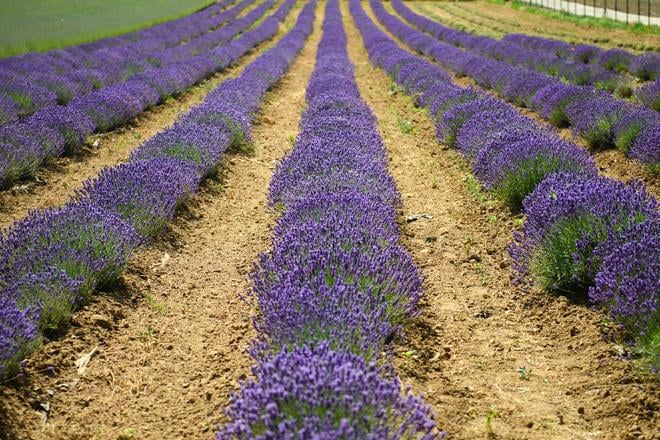 People can visit a farm in Zbehy, near Nitra, this weekend to self-pick lavender. (source: TASR)
People can visit a farm in Zbehy, near Nitra, this weekend to self-pick lavender. (source: TASR)
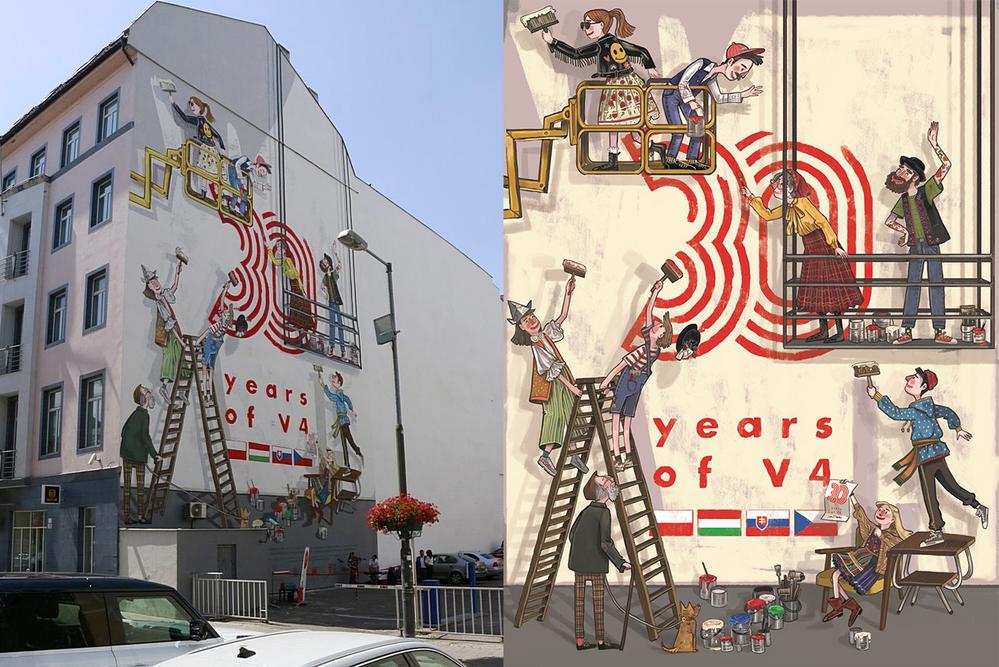 A mural is painted on a building at 3 Gorkého Street in Bratislava on the occasion of the creation of the Visegrad Group 30 years ago and the Polish Presidency, which ended on June 30. The same mural can be found in Prague, Budapest, and Warsaw. (source: Twitter/V4 Presidency)
A mural is painted on a building at 3 Gorkého Street in Bratislava on the occasion of the creation of the Visegrad Group 30 years ago and the Polish Presidency, which ended on June 30. The same mural can be found in Prague, Budapest, and Warsaw. (source: Twitter/V4 Presidency)
 The Detroit-based folk ensemble Šarišan. (source: Courtesy of Megan Wolf)
The Detroit-based folk ensemble Šarišan. (source: Courtesy of Megan Wolf)
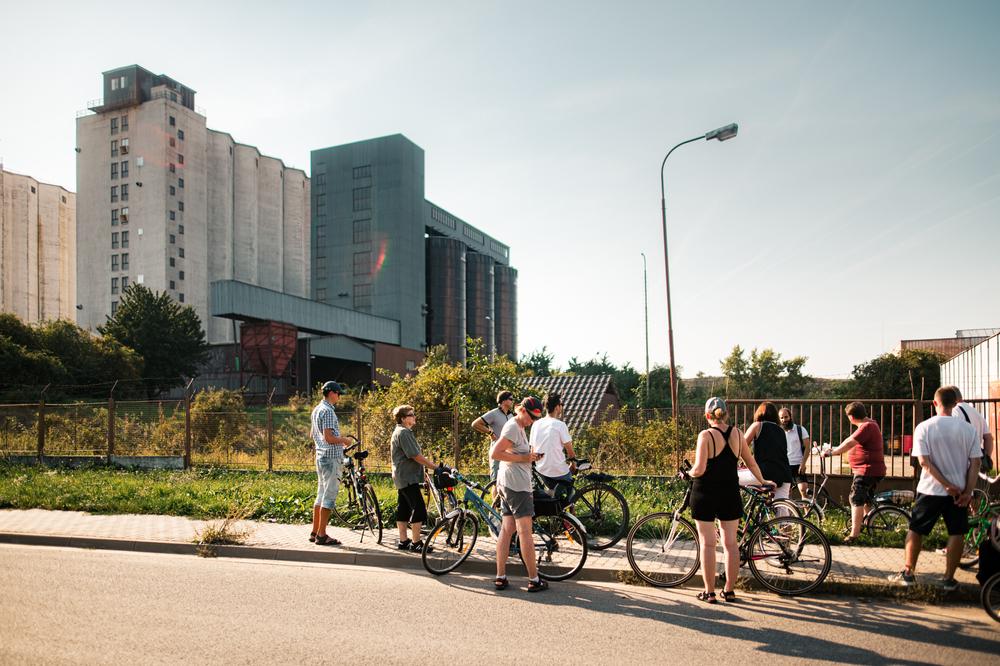 Walking and cycling tours return to the city of Trnava during the summer holiday. (source: Trnava Tourism)
Walking and cycling tours return to the city of Trnava during the summer holiday. (source: Trnava Tourism)
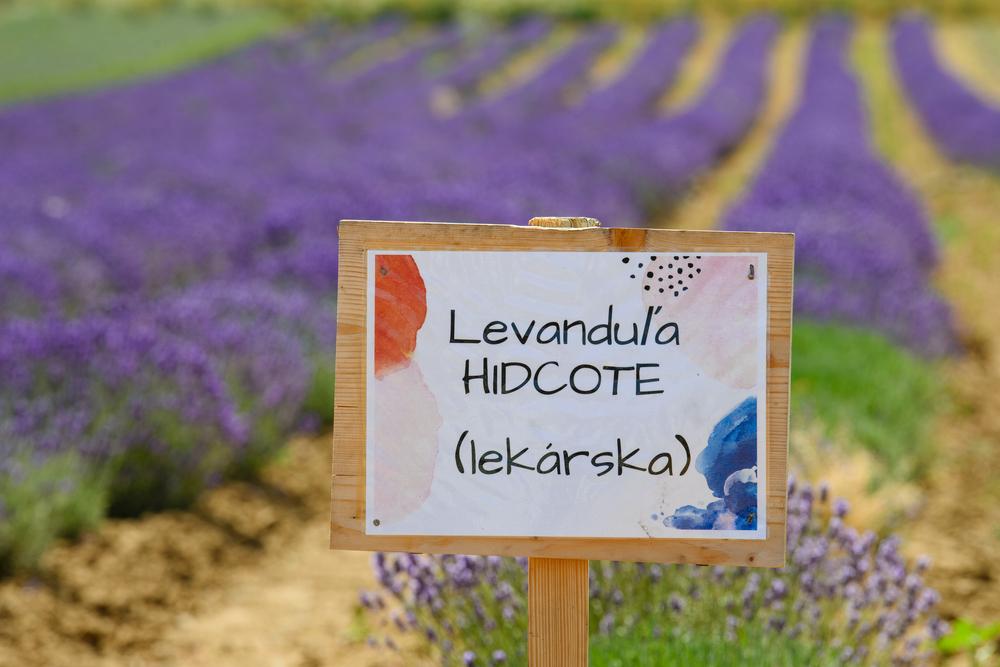 A lavender field in Zbehy. (source: TASR)
A lavender field in Zbehy. (source: TASR)
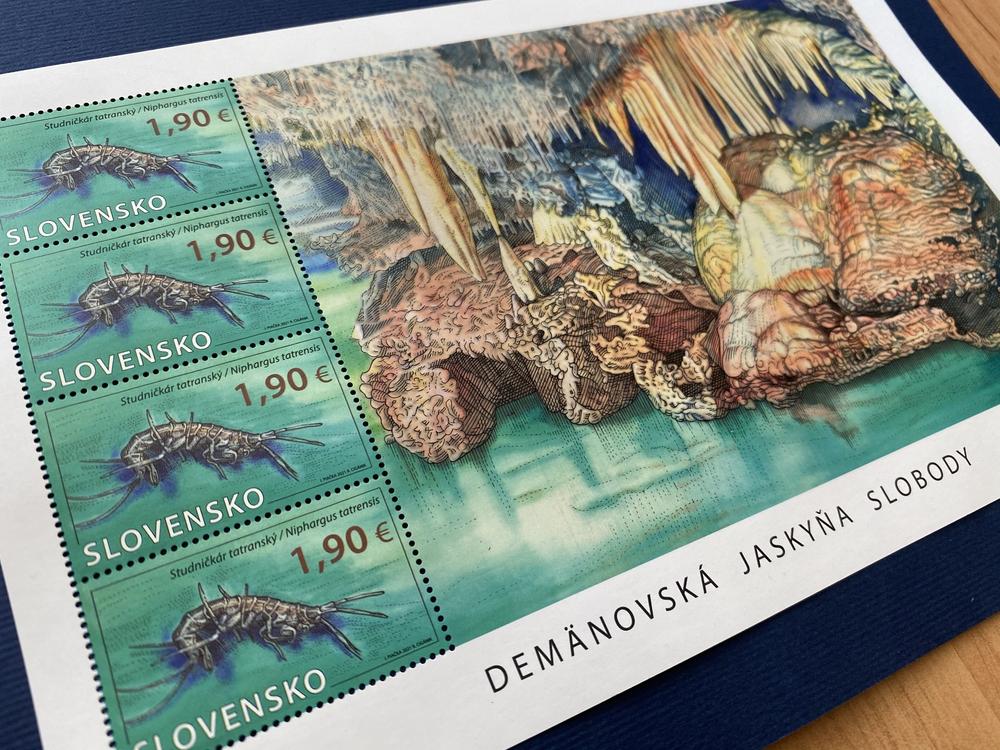 A new stamp marks 100 years since the discovery of Demänovská Cave of Freedom. (source: Environment Ministry)
A new stamp marks 100 years since the discovery of Demänovská Cave of Freedom. (source: Environment Ministry)
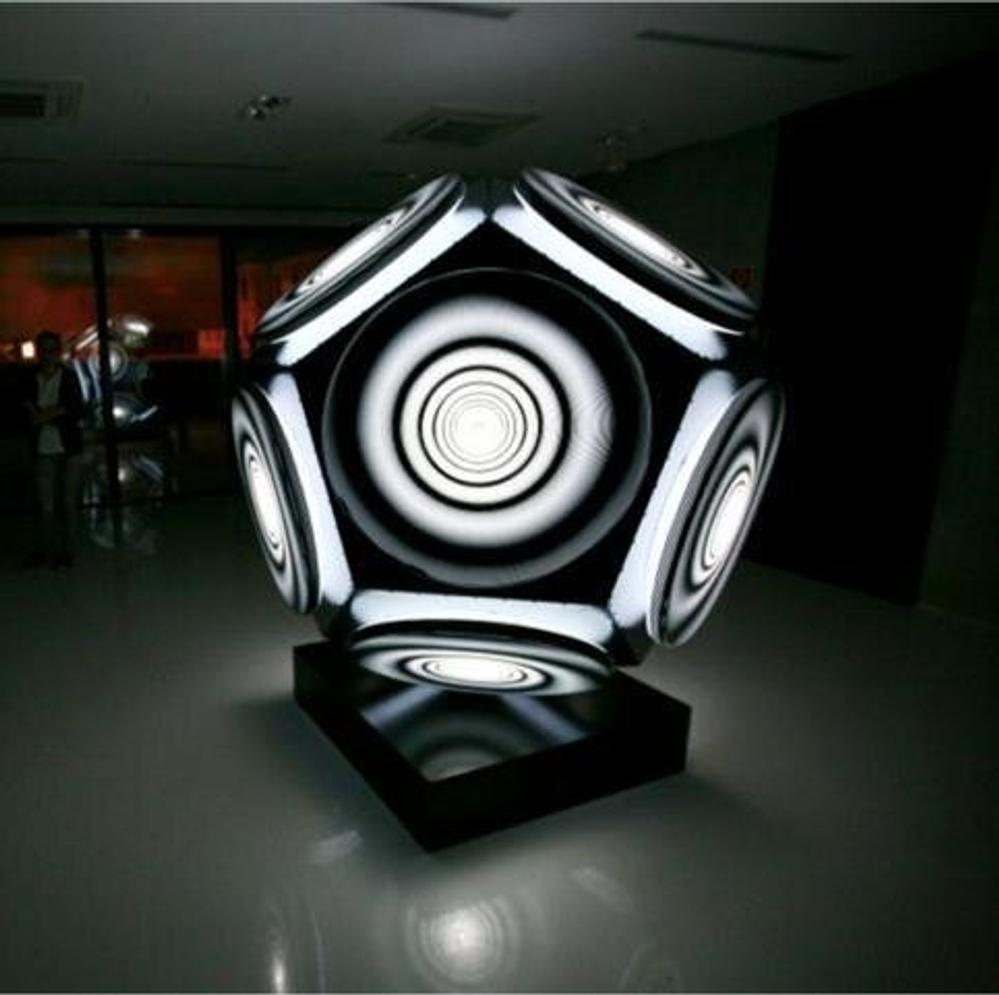 Ašot Haas' kinetic light object 'Pentax'. (source: Jakub Uhrík/Slovak Institute in Paris)
Ašot Haas' kinetic light object 'Pentax'. (source: Jakub Uhrík/Slovak Institute in Paris)
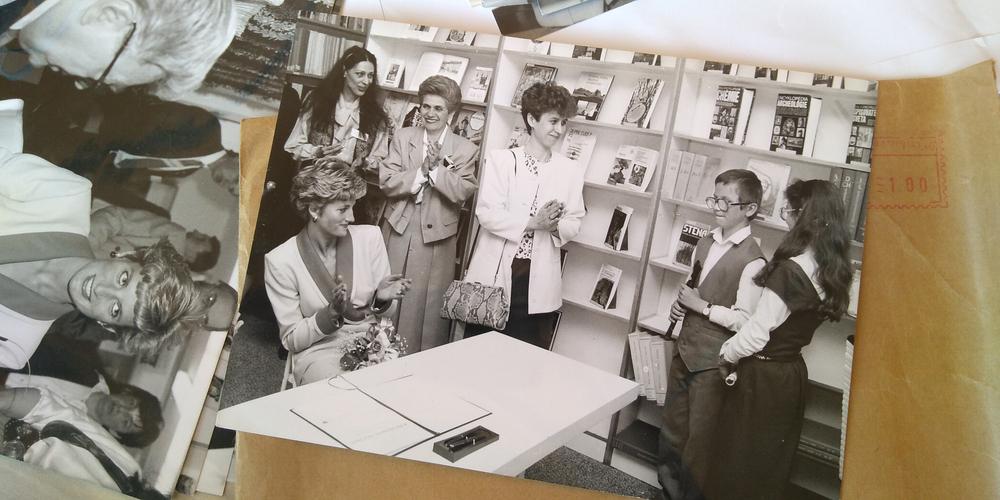 Princess Diana applauds two children after their performance at Bratislava Municipal Library. (source: Courtesy of Elena Veľasová)
Princess Diana applauds two children after their performance at Bratislava Municipal Library. (source: Courtesy of Elena Veľasová)
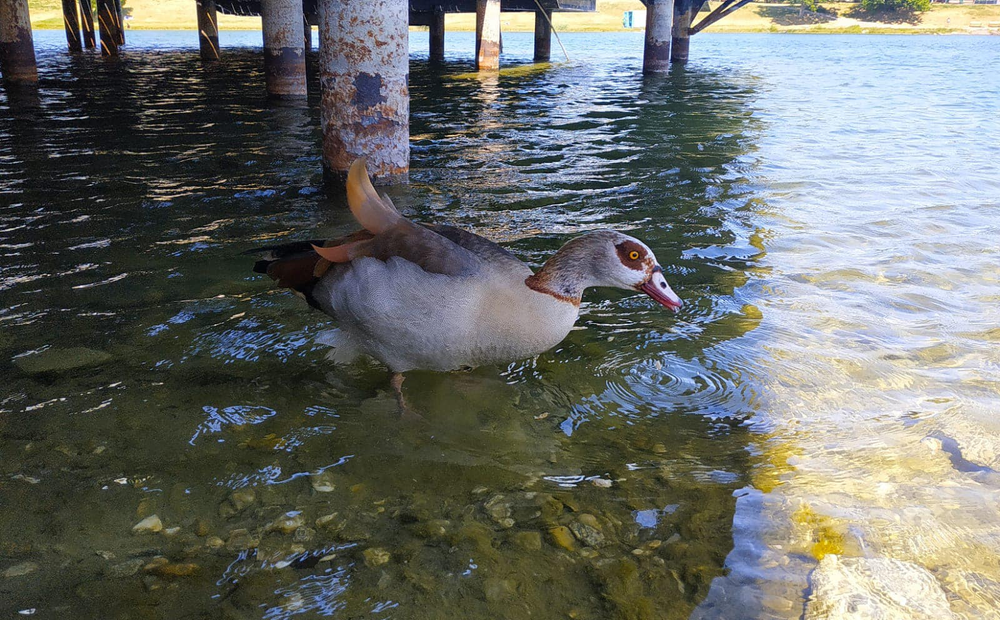 The Egyptian goose returns to Bratislava. (source: Rudolf Kusý/Facebook)
The Egyptian goose returns to Bratislava. (source: Rudolf Kusý/Facebook)